Home>Garden Essentials>How Fast Do Mung Beans Germinate
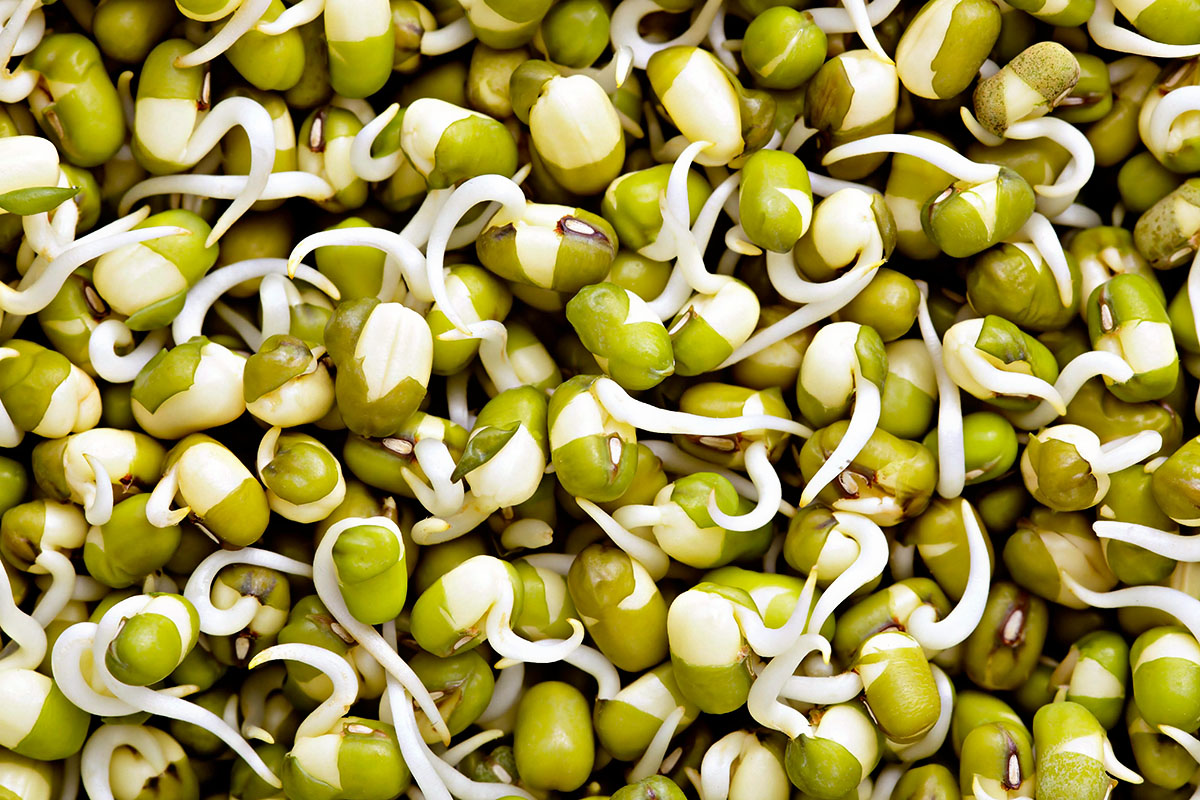

Garden Essentials
How Fast Do Mung Beans Germinate
Modified: March 15, 2024
Discover how fast mung beans germinate in your garden and learn valuable tips for successful growth. Enhance your gardening experience with this comprehensive guide.
(Many of the links in this article redirect to a specific reviewed product. Your purchase of these products through affiliate links helps to generate commission for Storables.com, at no extra cost. Learn more)
Introduction
When it comes to gardening, there’s nothing quite as exciting as watching seeds sprout and grow into thriving plants. It’s a magical experience to witness the transformation from a tiny seed to a lush and green plant. One such seed that holds immense potential is the mung bean.
If you’re new to gardening or looking to expand your plant repertoire, mung beans are an excellent choice. Not only are they packed with nutritional value, but they are also relatively easy to germinate and grow. Understanding the germination process of mung beans is essential to ensure successful growth and a bountiful harvest.
In this article, we’ll dive into the fascinating world of mung bean germination. We’ll explore factors that affect germination, optimal conditions for growth, and tips to speed up the germination process. By the end, you’ll be equipped with the knowledge to successfully grow mung beans in your garden.
Key Takeaways:
- Mung beans typically germinate in 3 to 5 days under optimal conditions, making them a quick and rewarding choice for gardeners.
- To speed up mung bean germination, soak the seeds, maintain warmth, and ensure proper moisture and airflow. High-quality seeds and scarification can also enhance the process.
Read more: How To Store Mung Bean Sprouts
What are Mung Beans?
Mung beans, also known as green gram or golden gram, are small, green legumes that belong to the Fabaceae family. They are native to the Indian subcontinent and have been cultivated for thousands of years for their nutritious seeds.
These versatile beans are commonly used in various cuisines around the world, especially in Asian and Indian cooking. They have a mild, nutty flavor and a tender texture, making them great additions to soups, stews, salads, and even desserts.
Not only are mung beans delicious, but they are also incredibly nutritious. They are rich in vitamins, minerals, and antioxidants. Additionally, they are a great source of plant-based protein and dietary fiber, making them a popular choice for vegetarians and vegans.
Aside from their culinary uses, mung beans also offer several health benefits. They have been linked to improved digestion, lower cholesterol levels, and better blood sugar control. Their high nutrient content and low calorie count make them an excellent addition to a well-balanced diet.
Now that we have a basic understanding of what mung beans are, let’s explore the fascinating process of how these beans germinate and grow into healthy plants.
The Germination Process of Mung Beans
Germination is the process by which a seed sprouts and begins to grow into a new plant. Mung bean germination follows a similar pattern to most other plant species, with a few unique characteristics.
The germination process begins when a mung bean seed is exposed to favorable environmental conditions. These conditions typically include sufficient moisture, suitable temperature, and proper aeration.
Once the seed is in the right environment, it absorbs water through its outer seed coat. As a result, the seed swells and activates various biological processes within. Enzymes are released, triggering a series of biochemical changes.
The first visible sign of germination is the emergence of a root called the radicle. The radicle grows downward into the soil, anchoring the seedling and absorbing water and nutrients from the surrounding soil.
Simultaneously, the shoot, also known as the plumule, starts to grow upward. The plumule eventually develops into the stem and leaves of the plant. As the shoot emerges from the soil, the seedling becomes more visible.
As the mung bean seedling continues to grow, it starts to undergo photosynthesis. Photosynthesis is the process through which plants convert sunlight into energy, using chlorophyll present in their leaves. The energy generated from photosynthesis fuels the growth and development of the plant.
With each passing day, the mung bean seedling grows taller and develops additional leaves. The root system also expands, providing stability, absorbing water, and delivering nutrients to the growing plant.
With proper care and ideal growing conditions, the mung bean seedling will mature into a full-grown plant, producing flowers and eventually forming pods filled with mung beans.
Now that we understand the fascinating journey of a mung bean seed from germination to a mature plant, let’s delve into the factors that can influence the germination process.
Factors Affecting Mung Bean Germination
Although mung beans are relatively easy to germinate, several factors can influence the success and speed of germination. Understanding these factors will help you create optimal conditions for your mung bean seeds to sprout and grow into healthy plants.
1. Water: Adequate moisture is essential for mung bean germination. The seed needs to absorb water to activate the biochemical processes that initiate growth. However, excess water can lead to rotting or drowning of the seeds. It is crucial to provide consistent but not excessive moisture during germination.
2. Temperature: Mung beans prefer warmer temperatures for germination. The optimal temperature range for mung bean germination is around 77-86°F (25-30°C). Cooler temperatures can delay germination, while excessively high temperatures may inhibit it.
3. Light: Mung beans do not require light to germinate. In fact, they tend to germinate best in dark conditions. Therefore, it is not necessary to expose the seeds to direct sunlight during the germination process.
4. Air Circulation: Proper ventilation is vital to prevent the accumulation of excess moisture and promote healthy germination. Good air circulation around the seeds and seedlings helps prevent fungal growth and damping-off, a common seedling disease caused by overly moist conditions.
5. Seed Quality: The quality of mung bean seeds can significantly impact germination. It is essential to use high-quality seeds from reputable sources. Choose seeds that are firm, free from damage or decay, and have not expired.
6. Seed Depth: Planting mung bean seeds at the correct depth is crucial for successful germination. Plant them around 1-2 inches deep in loose, well-draining soil. Planting too shallow or too deep can affect the seeds’ ability to absorb water and germinate properly.
7. Seed Scarification: Mung bean seeds have a tough seed coat, which can sometimes inhibit germination. To overcome this, you can scarify the seeds by soaking them in warm water or gently nicking the seed coat with a file or sandpaper. This process helps water penetrate the seed coat and kickstart germination.
By understanding and managing these factors, you can create the optimal conditions for mung bean germination. Now, let’s explore the ideal conditions that promote faster germination of mung beans.
Mung beans germinate quickly, usually within 2-4 days. To speed up germination, soak the seeds in water for 8-12 hours before planting. Keep the soil consistently moist and provide warmth for faster growth.
Optimal Conditions for Mung Bean Germination
Creating the optimal conditions for mung bean germination is crucial to ensure successful and speedy growth. By providing the right environment, you can encourage healthy sprouting and maximize the potential of your mung bean seeds.
1. Moisture: Mung bean seeds require consistent moisture to germinate. Ensure that the soil or germination medium is evenly moist but not waterlogged. You can achieve this by watering the seeds lightly, using a spray bottle or gentle watering technique, to avoid disturbing the seeds.
2. Temperature: Mung beans prefer warm temperatures for germination. Maintain a temperature range of around 77-86°F (25-30°C). You can use a seedling heat mat or place the seeds in a warm location to provide the necessary warmth. Avoid exposing the seeds to extreme heat or cold, as it can hinder germination.
3. Light: Mung beans do not require light to germinate. In fact, they germinate best in dark conditions. Keep the seeds in a dark and warm location, such as a cupboard or covered tray, until they begin to sprout.
4. Air Circulation: Good air circulation is essential to prevent the growth of fungi and ensure healthy germination. Provide adequate ventilation by slightly opening a lid or covering with breathable material while maintaining a humid environment.
5. Germination Medium: Choose a suitable germination medium, such as a well-draining soil mix or moist paper towel, to place the mung bean seeds. Ensure that the medium retains moisture but doesn’t become waterlogged, as excessive moisture can lead to seed rot or damping-off.
6. Seed Scarification: Consider scarifying mung bean seeds to improve germination rates. Soak the seeds in warm water for a few hours or gently abrade the seed coat with sandpaper. This process helps water penetrate the seed coat and stimulate germination.
By providing the optimal conditions of moisture, temperature, darkness, airflow, germination medium, and scarification, you can significantly increase the chances of successful and faster germination of your mung bean seeds.
Now that we understand the optimal conditions for mung bean germination, let’s explore the average time it takes for mung beans to sprout and grow.
Read more: How To Germinate A Bean
Germination Time of Mung Beans
The germination time of mung beans can vary depending on various factors, including environmental conditions, seed quality, and seed scarification. On average, mung beans take approximately 3 to 5 days to germinate under optimal conditions.
During the first 24 to 48 hours, the mung bean seeds absorb water and begin the process of swelling. This is followed by the emergence of the radicle, or the primary root, which extends into the soil and establishes the seedling’s root system.
Within a couple of days, the shoot, or plumule, emerges from the seed and grows upward towards the surface. As the shoot elongates, it starts to develop leaves. The presence of cotyledons, which are initially used to provide energy for the seedling’s growth, can be observed at this stage.
By the end of the third or fourth day, the mung bean seedling is typically above the soil surface with a well-formed stem and leaves. The root system continues to grow and expand, providing stability and nutrients to support the growing plant.
It’s essential to note that while the average germination time for mung beans is relatively short, it can vary depending on various factors. Factors such as temperature, moisture, seed quality, and scarification can affect the speed and success of germination.
Seeds that have undergone scarification may have a faster germination rate compared to unscarified seeds. Scarification helps the water penetrate the seed coat, allowing for quicker activation of the germination process.
Furthermore, maintaining optimal conditions, such as warm temperatures, adequate moisture, and good airflow, can contribute to faster germination. Consistently monitoring and adjusting these conditions can provide the best environment for mung beans to germinate and grow.
With an average germination time of 3 to 5 days, mung beans are relatively quick to sprout and begin their journey towards becoming full-grown plants. With the knowledge of optimal conditions and factors that affect germination, you can now take steps to ensure successful and timely mung bean germination.
Now, let’s explore some tips to help you speed up the germination process of mung beans.
Tips for Faster Mung Bean Germination
If you’re eager to see your mung bean seeds sprout and grow quickly, there are several tips and techniques you can employ to expedite the germination process. By following these tips, you can ensure faster and more successful germination of your mung bean seeds.
1. Pre-soak the Seeds: Soaking mung bean seeds in water for 4-6 hours before planting can help accelerate germination. This process softens the seed coat and promotes quicker water absorption, jumpstarting the germination process.
2. Scarify the Seeds: As mentioned earlier, scarifying the seeds can promote faster germination. Gently nick the seed coat with a file or sandpaper, taking care not to damage the embryo inside. This will allow water to penetrate the seed coat more easily and speed up germination.
3. Optimize Temperature: Provide a consistently warm environment for your mung bean seeds. Use a seedling heat mat or place the seeds in a warm location with a temperature range of 77-86°F (25-30°C). The warmth will stimulate the seeds to germinate faster.
4. Enhance Moisture Levels: Maintain the proper moisture levels for optimal germination. Mist the seeds or place a damp paper towel over them to ensure a humid environment. Avoid overwatering, as excessive moisture can lead to seed rot or damping-off.
5. Improve Air Circulation: Good airflow is essential for healthy germination. Ensure proper ventilation by slightly opening a lid or covering with breathable material. This will prevent excessive moisture buildup and reduce the risk of fungal diseases.
6. Use a Germination Tray: Consider using a germination tray or a seedling starter kit to create an ideal environment for your mung bean seeds. These trays provide optimal moisture retention and control, promoting faster and more uniform germination.
7. Monitor and Maintain Ideal Conditions: Regularly check on the moisture levels, temperature, and airflow around the seeds. Make adjustments as necessary to ensure that the conditions remain within the optimal range for speedy germination.
8. Choose High-Quality Seeds: Select high-quality mung bean seeds from reliable sources. Quality seeds have a higher germination rate, which can contribute to faster and more successful germination.
By incorporating these tips into your germination process, you can encourage faster and more efficient sprouting of your mung bean seeds. Remember to monitor the progress of your seeds and make any necessary adjustments to ensure healthy growth.
Finally, let’s wrap up with a summary of the key points discussed.
Conclusion
Growing mung beans from seeds is a rewarding and enjoyable experience. Understanding the germination process and optimizing the conditions can greatly increase your chances of successful and fast germination. By providing adequate moisture, maintaining the ideal temperature range, ensuring proper airflow, and considering factors like scarification and seed quality, you can create the optimal environment for your mung bean seeds to sprout and grow into healthy plants.
Mung beans, with their nutty flavor and high nutritional value, make a fantastic addition to your culinary repertoire. Not only are they versatile in the kitchen, but they also offer numerous health benefits. From aiding digestion to regulating blood sugar levels, mung beans are a nutritious choice for vegetarians, vegans, and health-conscious individuals.
So, whether you’re a gardening enthusiast or just starting your green thumb journey, consider growing mung beans. With their relatively short germination time of 3 to 5 days and the tips shared in this article, you can enjoy the satisfaction of watching your mung bean seeds sprout and flourish.
Remember to provide the optimal conditions of moisture, temperature, darkness, airflow, and scarification, and to choose high-quality seeds. By paying attention to these factors and taking proactive steps to accelerate germination, you can increase your chances of successful and speedy mung bean germination.
Now that you have the knowledge and tools to embark on your mung bean-growing adventure, it’s time to get your hands dirty and start planting those seeds. Happy gardening!
Frequently Asked Questions about How Fast Do Mung Beans Germinate
Was this page helpful?
At Storables.com, we guarantee accurate and reliable information. Our content, validated by Expert Board Contributors, is crafted following stringent Editorial Policies. We're committed to providing you with well-researched, expert-backed insights for all your informational needs.
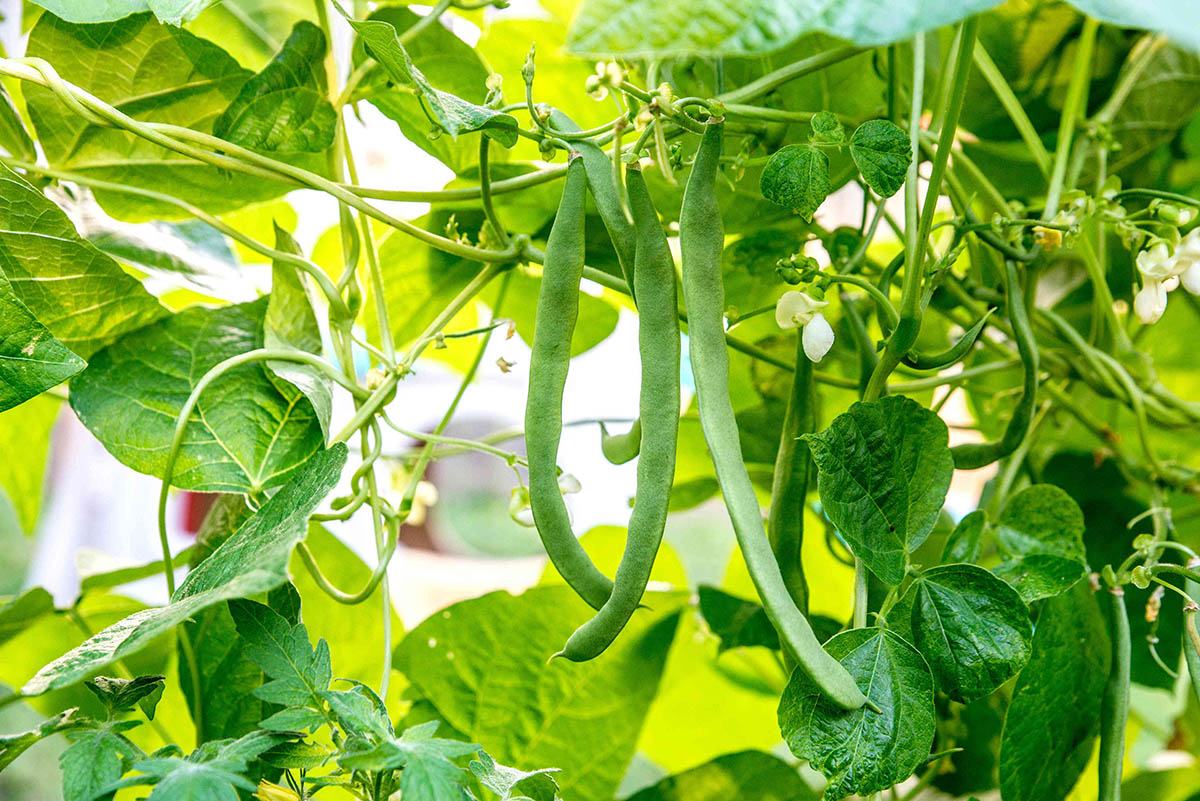
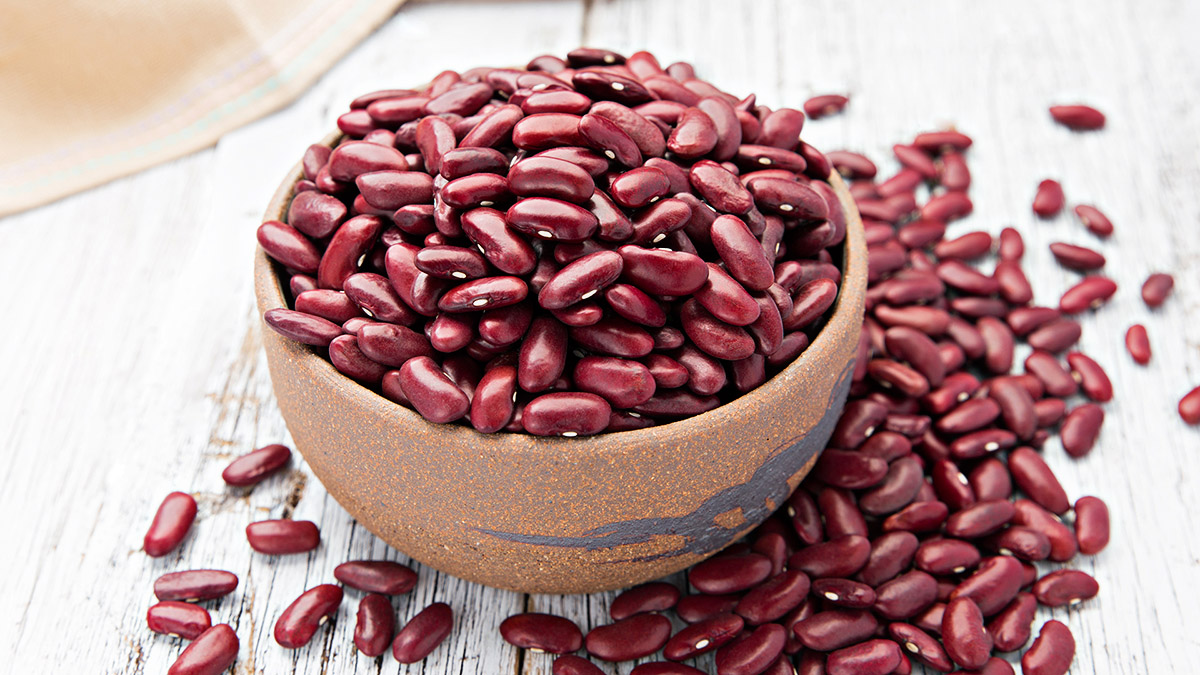
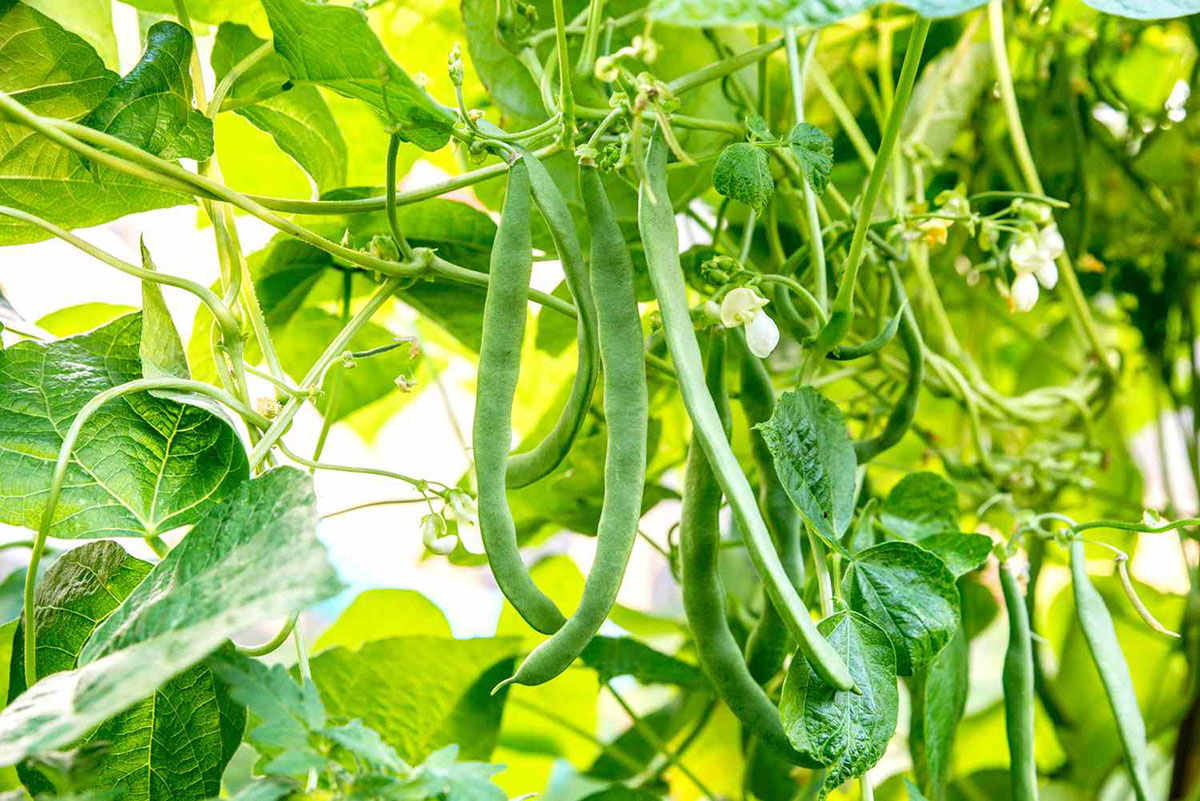
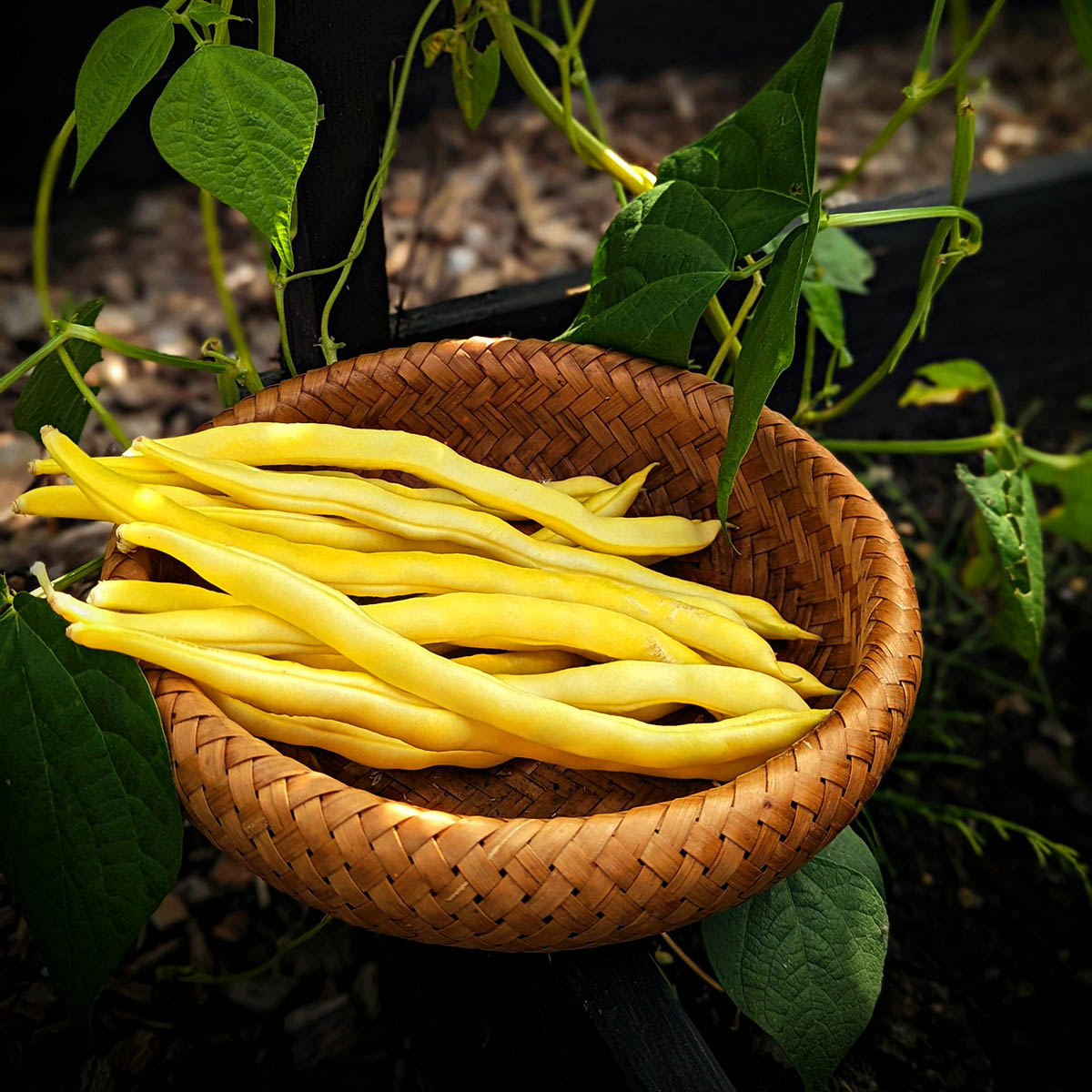
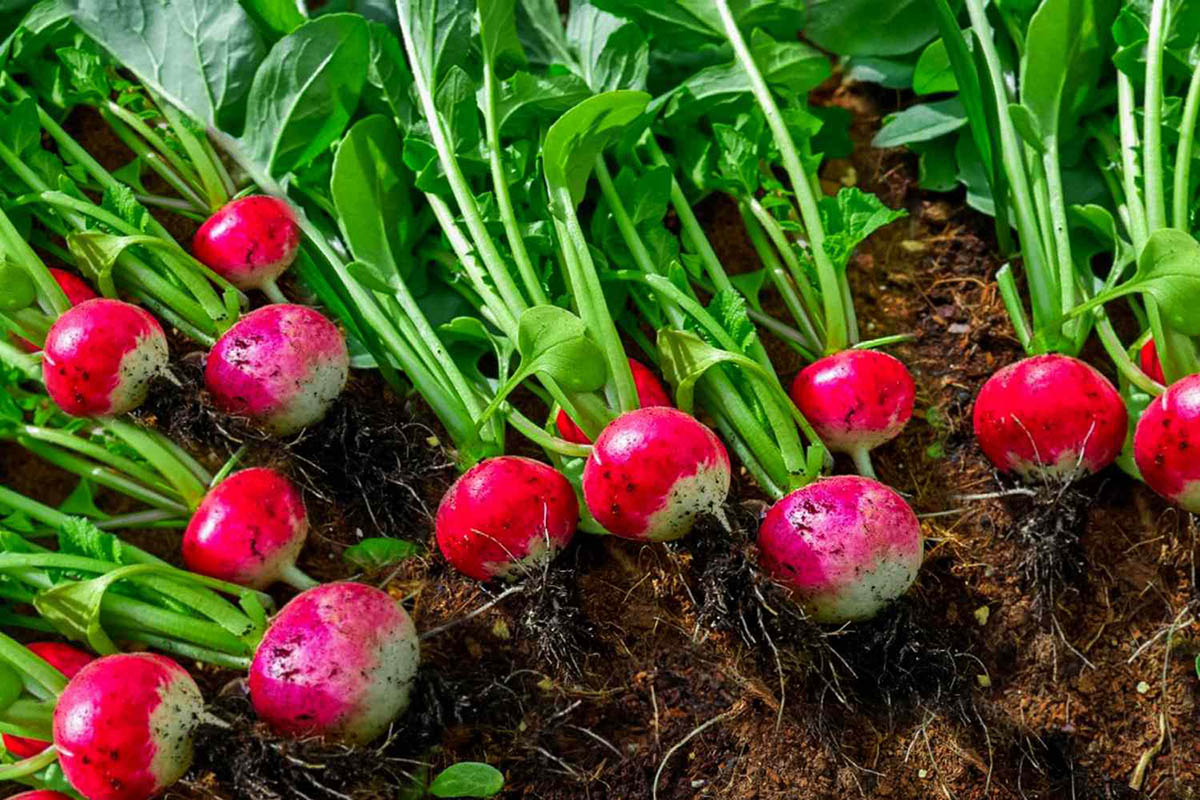
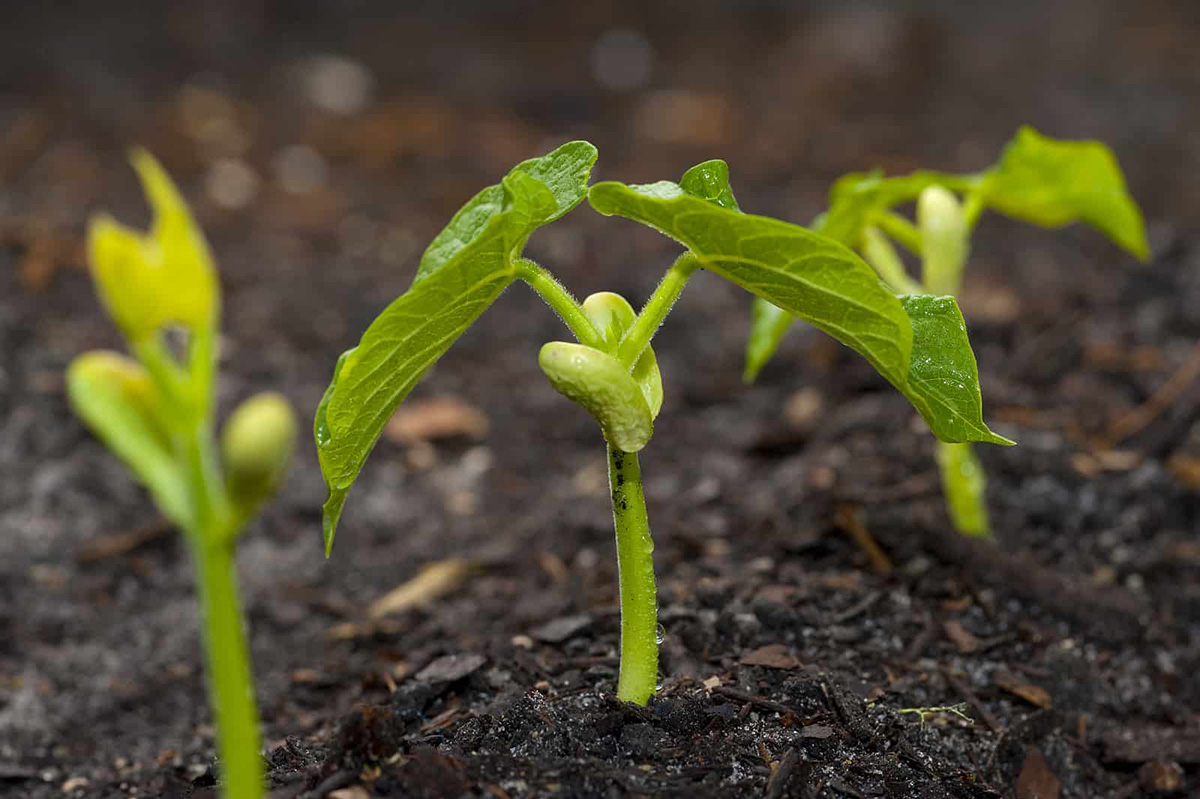
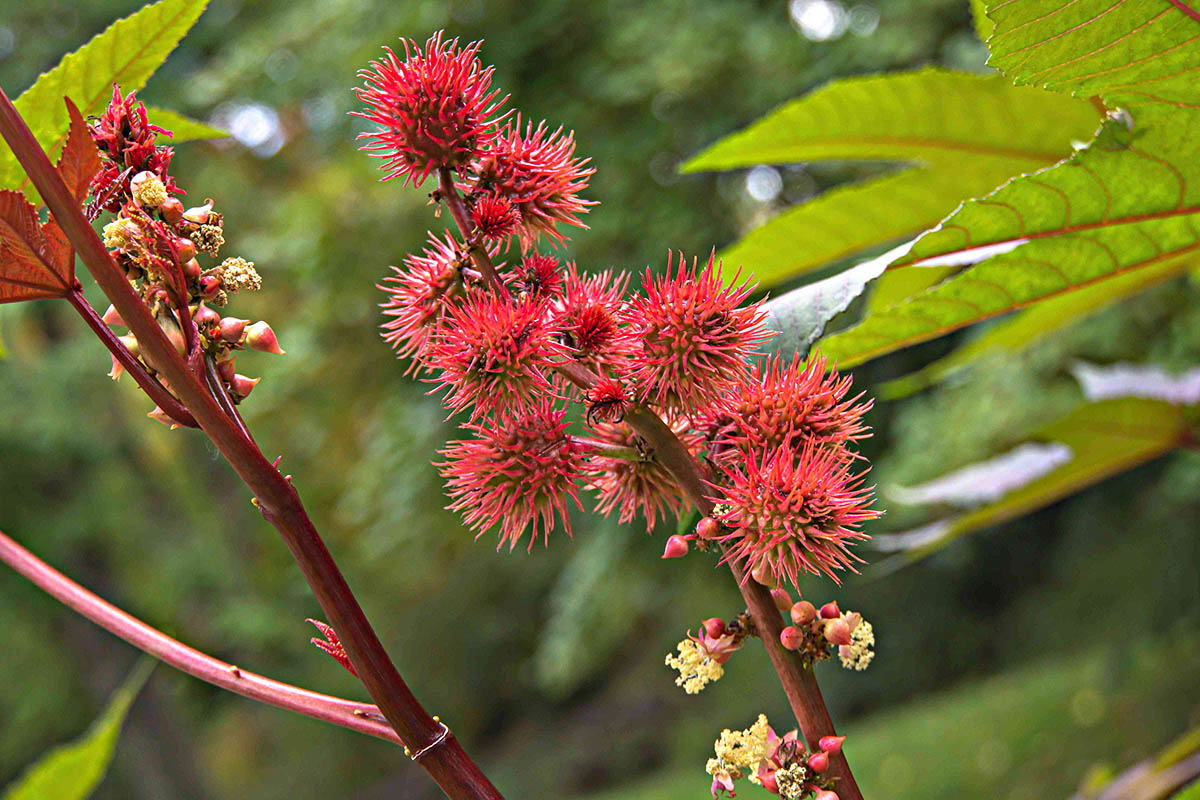
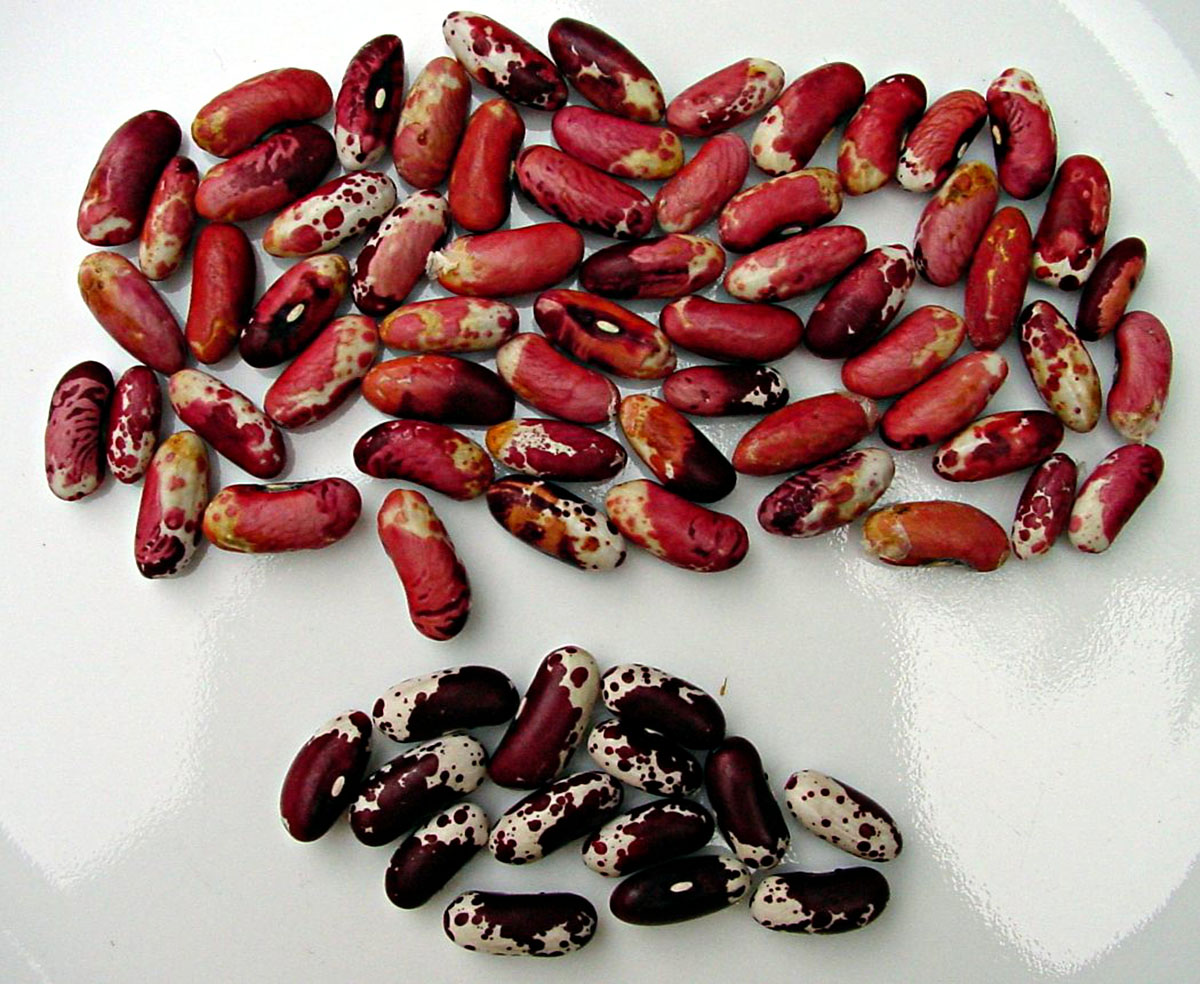
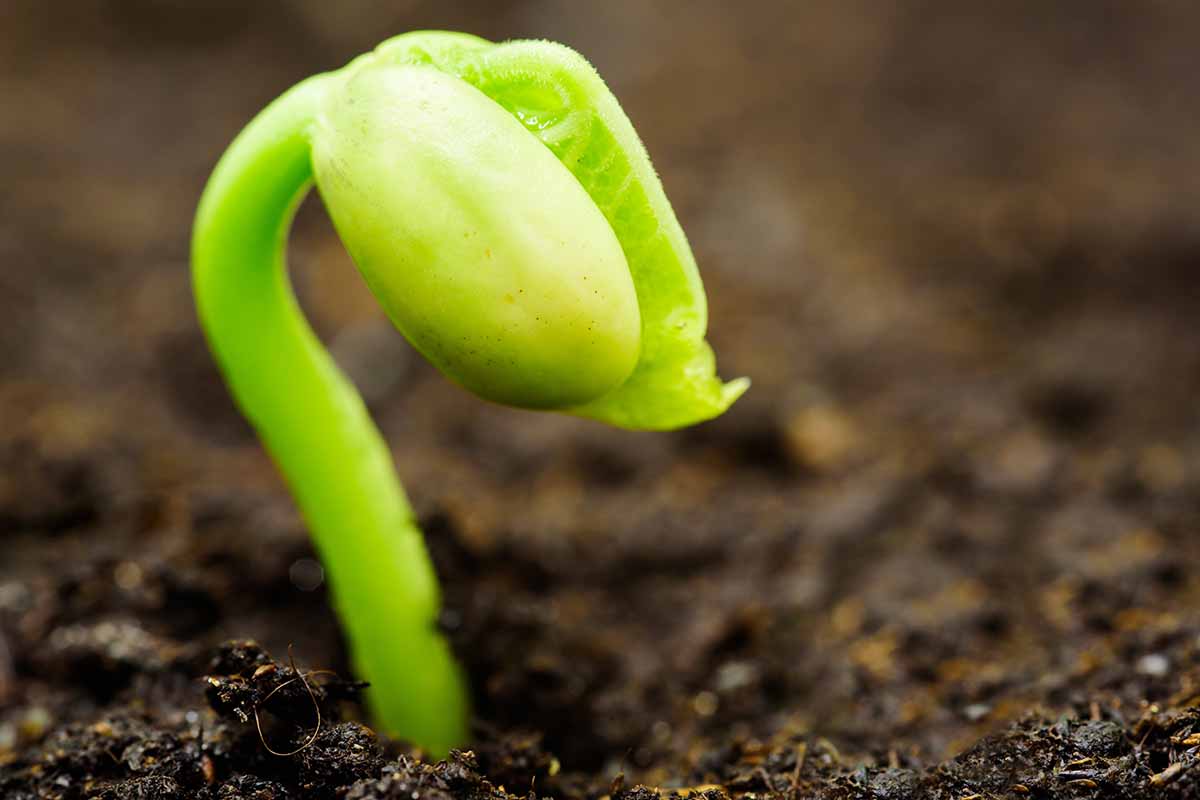
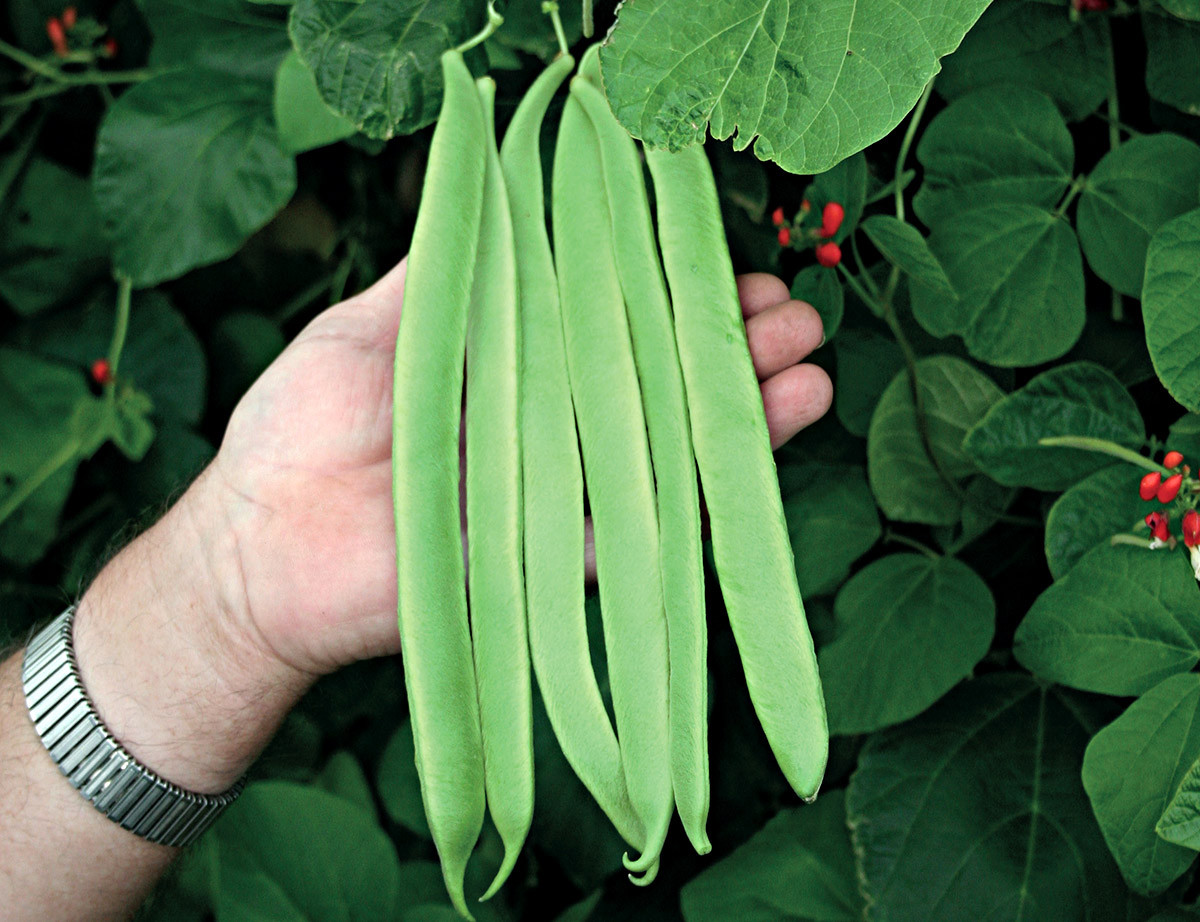
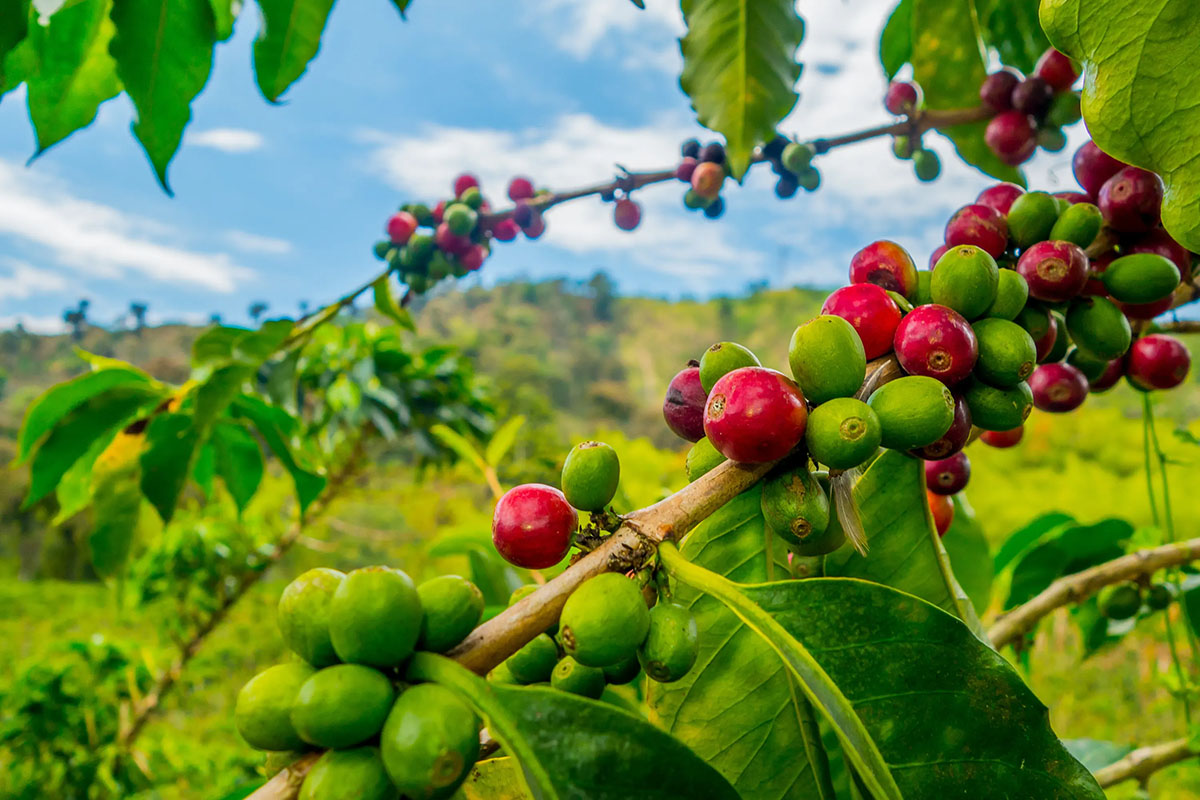
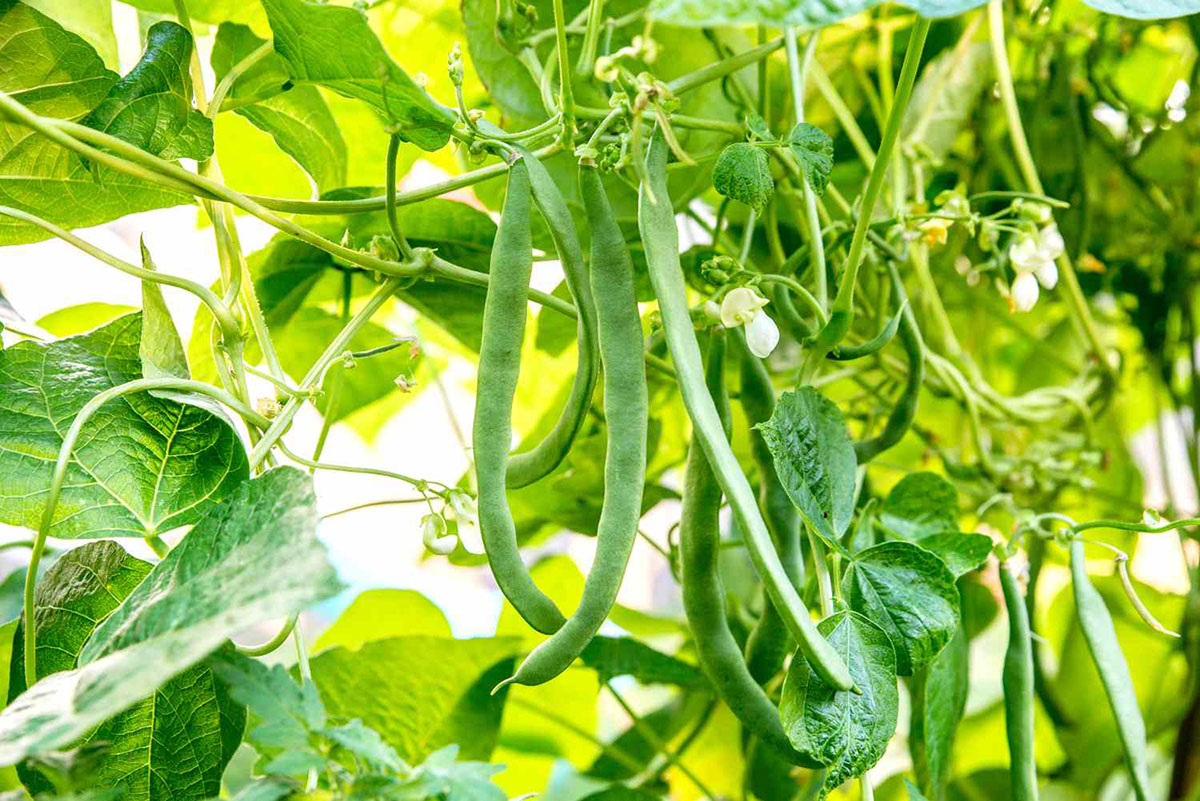

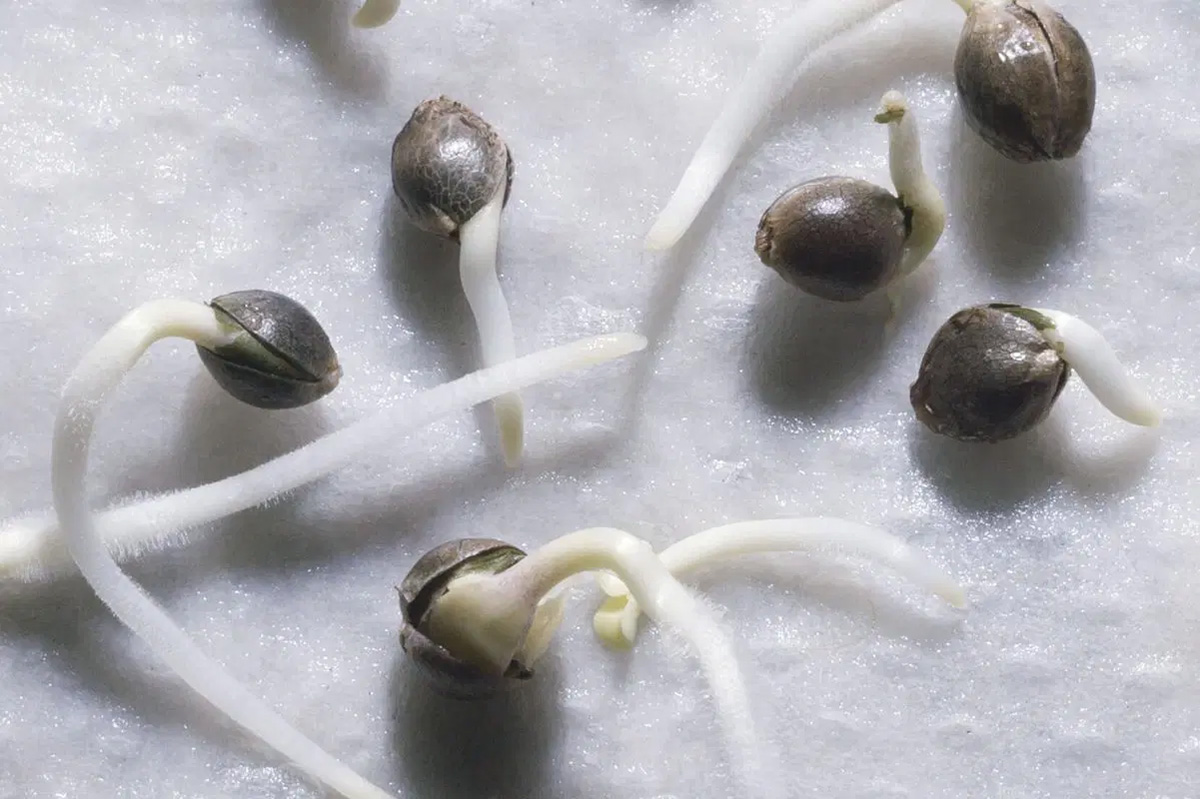

0 thoughts on “How Fast Do Mung Beans Germinate”